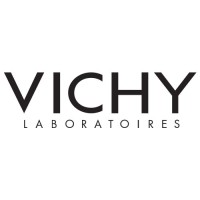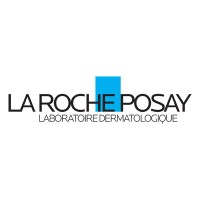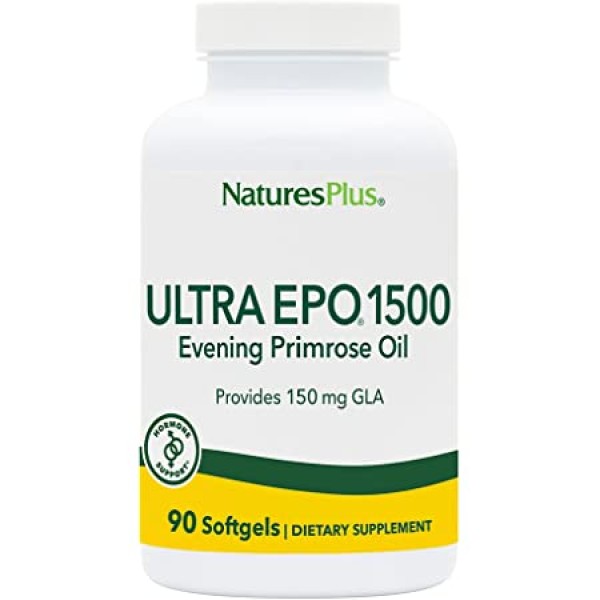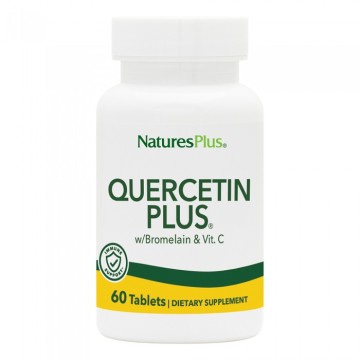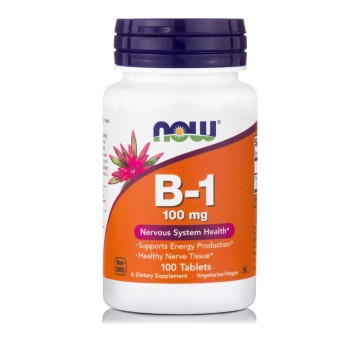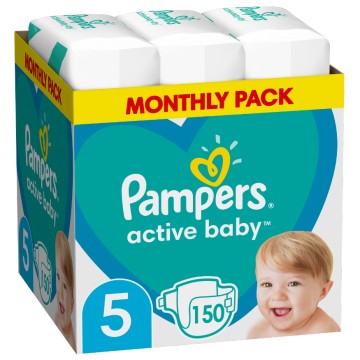Free shipping on orders over 39.00€
Natures Plus Ultra Epo 1500 60 Softgels
Description: Each airtight capsule (prevents oxidation/rancidity) contains: 1.500 mg Evening Primrose Oil (EPO), organically grown, providing at least 150 mg Gamma Linolenic Acid (GLA), 1.110 mg Linoleic Acid and 12 mg Alpha Linolenic Acid. Cold pressed, hypoallergenic.
Evening Primrose Oil or Evening Primrose Oil is mainly used for the Gamma Linolenic acid (GLA) it contains.
GLA PROPERTIES
Gamma Linolenic Acid (GLA) is a fatty acid of the omega-6 series with great therapeutic value, since it is a precursor substance of prostaglandin E1 (PGE1) that our body uses to deal with inflammation and to defend itself against diseases, such as cancer, heart disease, allergies, asthma, arthritis and autoimmune diseases, as well as to prevent premature aging.
GLA can be produced in our bodies from linoleic acid, which is usually abundant in our diet. This suggests that the GLA produced by our body will also be abundant and sufficient for our needs.
Unfortunately, in practice, this is not often the case, because the conversion of linoleic acid to GLA (as well as the conversion of alpha linolenic acid to EPA and DHA) requires the enzyme D6D (Delta-6-Desaturase), which, for for a number of reasons, it is usually found in insufficient amounts in our bodies.
Some of these reasons are age, stress, excessive consumption of sugar, alcohol, saturated and hydrogenated fats, as well as a deficiency of one or more of the following nutrients: vitamins C, B-3, B-6, magnesium, zinc. Other reasons can be certain diseases, such as hypothyroidism, diabetes, cancer, various viruses.
It follows from the above that we should rely on dietary sources rich in GLA (mainly EPO, Borage oil, Black currant oil) if we want to benefit from the healing properties of GLA.
Evening Primrose Oil (EPO) is an excellent source of GLA and is widely used, while Borage oil is considered an even better source as it contains more GLA and less linoleic acid than EPO.
ARTHRITIS
In many animal studies, GLA has been shown to suppress inflammation and reduce tissue injury. Studies with arthritis and rheumatoid arthritis sufferers have shown remarkable results.
In one study, arthritis sufferers had better mobility and reduced morning stiffness after taking 800 mg of GLA for 12 weeks.
A double-blind study of rheumatoid arthritis patients given 540 mg of GLA or placebo for one year showed a marked improvement in the GLA group.
In other double-blind clinical studies conducted by the University of Massachusetts, the rather high dosage of 1400 mg of GLA (from Borage oil) was administered to patients with rheumatoid arthritis, who experienced over a 40% reduction in joint swelling and pain.
Other studies with patients taking chemical drugs showed that the addition of GLA improved the effectiveness of the drugs, while some patients were able to reduce the dosage of the drugs, which is of particular importance given the serious side effects of these drugs and the lack of side effects of GLA.
It should be noted that GLA does not give immediate results and several weeks will have to pass before noticeable reduction in pain is noted.
CANCER
Research with tissue cultures has shown that GLA kills 40 different types of cancer, selectively, without harming normal cells.
Researchers at Northwestern University (USA) injected GLA into a culture of breast cancer cells. GLA not only blocked the action of the Her-2/neu gene involved in about 30% of breast cancers, but also made the cancer cells more sensitive to the anticancer drug Herpecin (J Nat Canc In, Nov 2005).
Preliminary clinical studies have shown that GLA can help shrink brain glioma by 1 to 2 years, and it also has beneficial properties in pancreatic cancer.
Of course, several more studies should follow, since research in this area is still in its infancy.
SKIN
Regular intake of GLA is thought to help the skin become supple and soft, and may stop nails from breaking and peeling.
According to some studies, GLA appears to have beneficial effects on atopic (allergic) eczema and allergic dermatitis. This is particularly true in scaly atopic dermatitis, both in terms of pruritus and extent of skin lesions.
According to a recent study, GLA significantly relieves kidney patients on hemodialysis from skin problems due to uremia.
DIABETES
It appears that certain abnormalities in fatty acid metabolism are related to complications of diabetes and, perhaps, to its onset.
Some researchers hypothesize that the body of diabetics has difficulty synthesizing GLA from linoleic acid, consequently suffering from insufficient production of PGE1. The diet of diabetics, according to these researchers, should include foods rich in GLA or supplements with GLA.
GLA is of particular value in diabetic neuropathy. According to a very well-designed double-blind study, administration of 480 mg of GLA to type 1 and type 2 diabetics for one year improved 13 of the 16 parameters examined (Diabetes Care, 1993, 16:8-16), while another study evidence is emerging that GLA also prevents the onset of diabetic neuropathy (Diabetic Medicine, 1994, 145-9).
DIFFERENT
Women with periodic breast pain (mastalgia) may benefit from EPO, as shown by a study of 566 women (BJCP, 1992, 46:161-4).
In the study, 3.000 mg of EPO was administered per day during the first month and 2.000 mg in the following two months. 58% of women experienced pain relief.
Also women with polycystic breast disease are relieved of breast pain and tenderness by taking EPO, especially in combination with 400 IU of vitamin E.
In a small double-blind study of 21 subjects with Raynaud's syndrome, EPO reduced both the frequency of episodes (significantly) and their severity, although no improvement in blood flow was observed (Thromb Haemost, 1985:490-94).
According to one study, EPO appears to have a beneficial effect on weight loss in people who are at least 10% overweight. In people of normal weight it appears to have no effect.
Finally, cases have been reported where EPO has been beneficial in endometriosis, high blood pressure, osteoporosis, prostatitis.
CONTRAINDICATIONS - PRECAUTIONS
EPO has no toxicity or side effects, although cases of mild stomach upset have been reported. In such cases it should be taken with food. Rare cases of hypersensitive individuals experiencing headache or mild symptoms of nausea have also been reported. EPO should not be given to people with schizophrenia who are taking the drug Chlorpromazine (thorazine).
EAN: 097467046788
Use
Usual dosage: One capsule a day.






